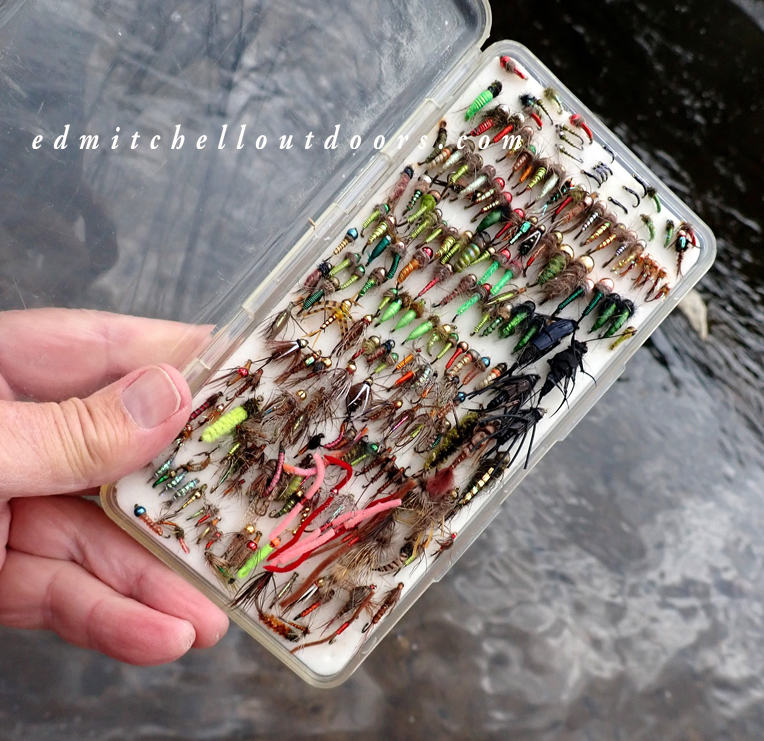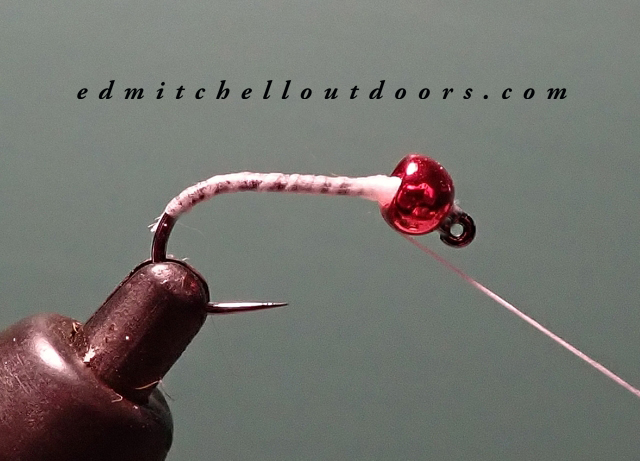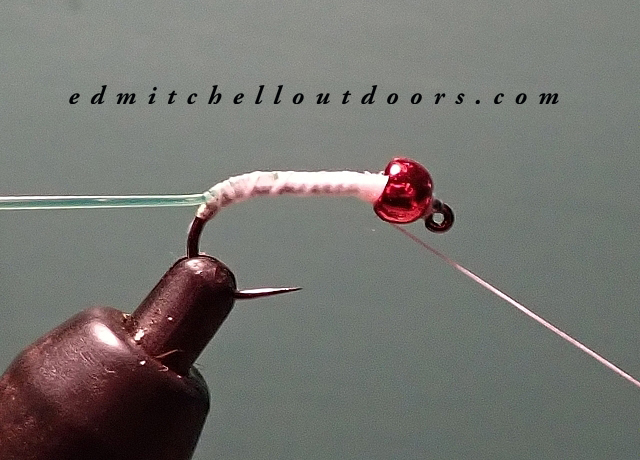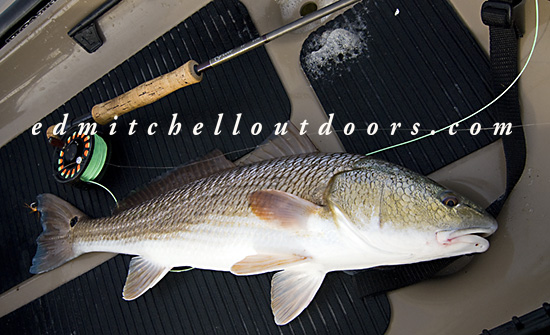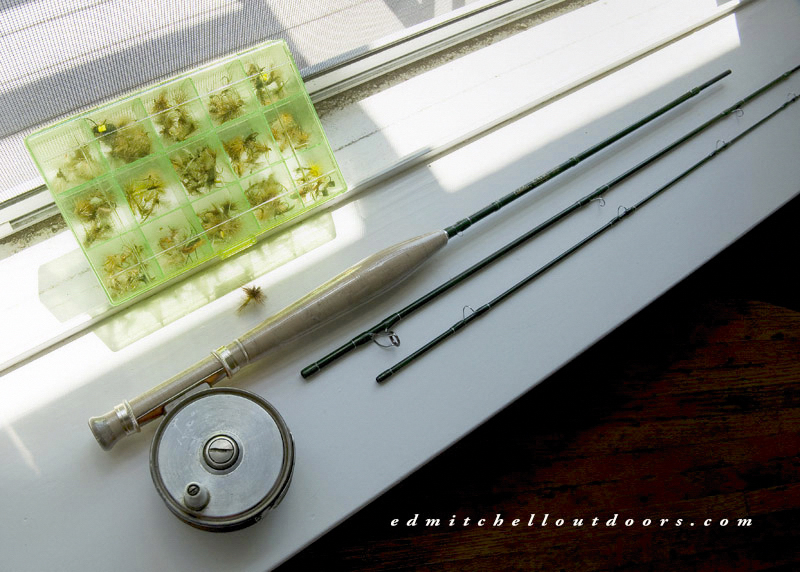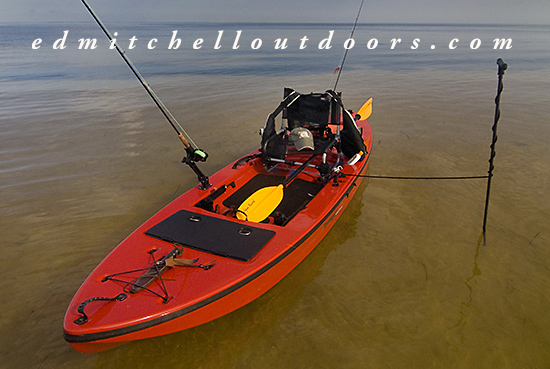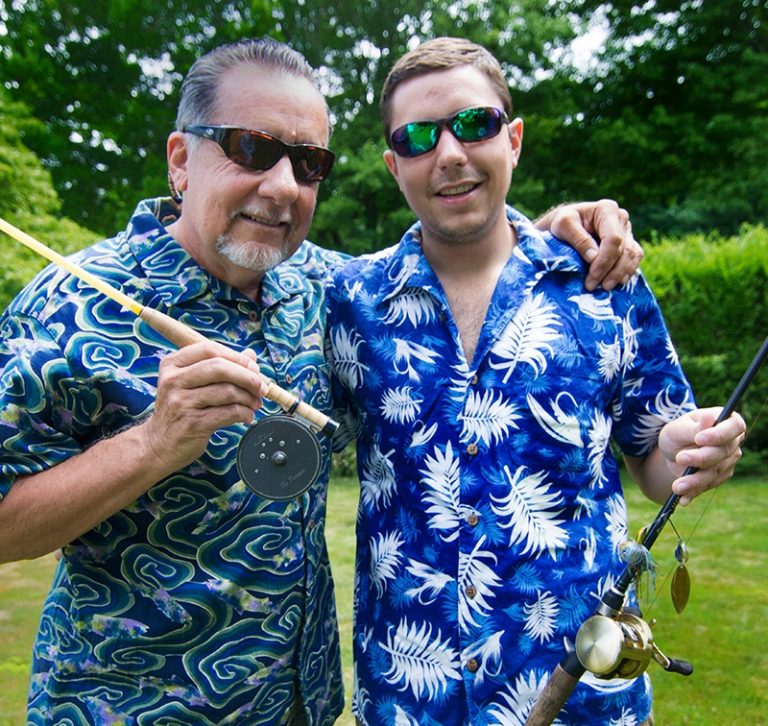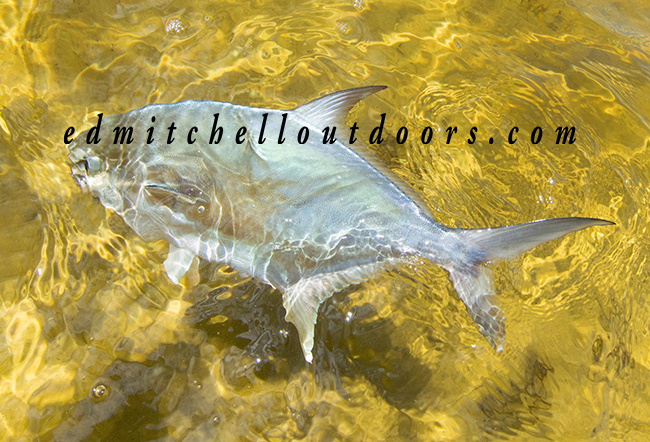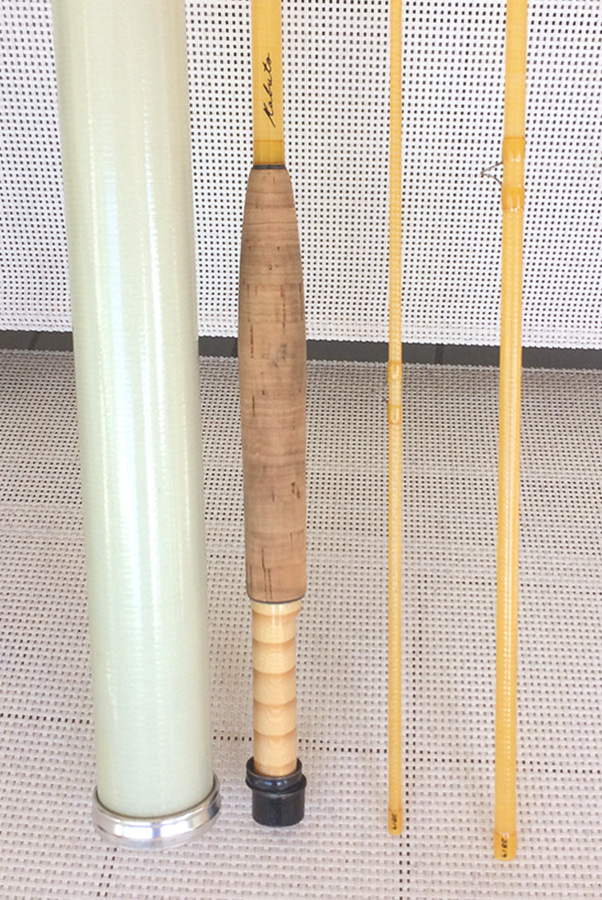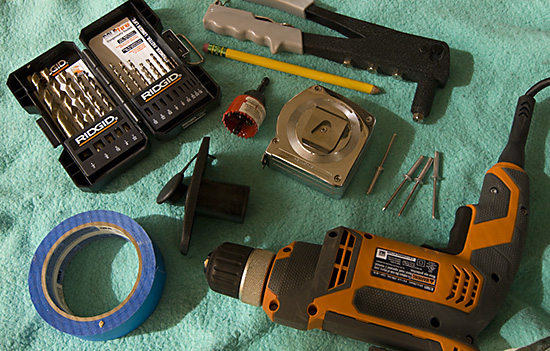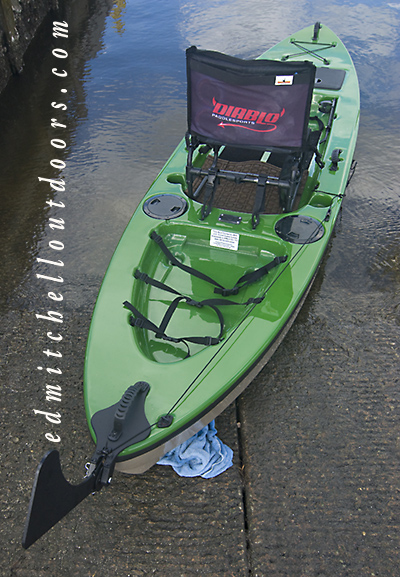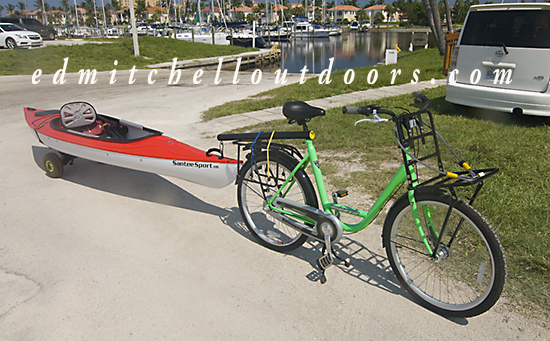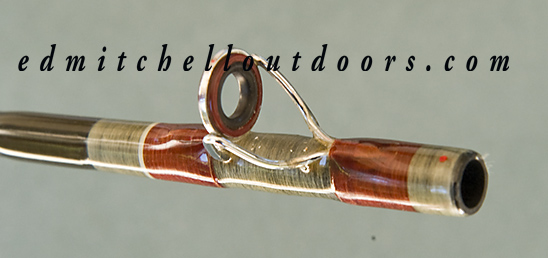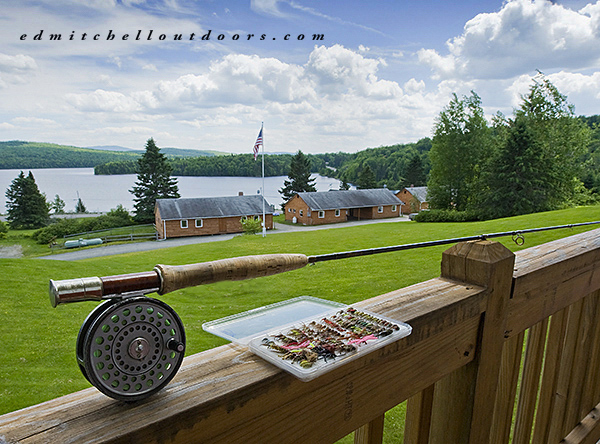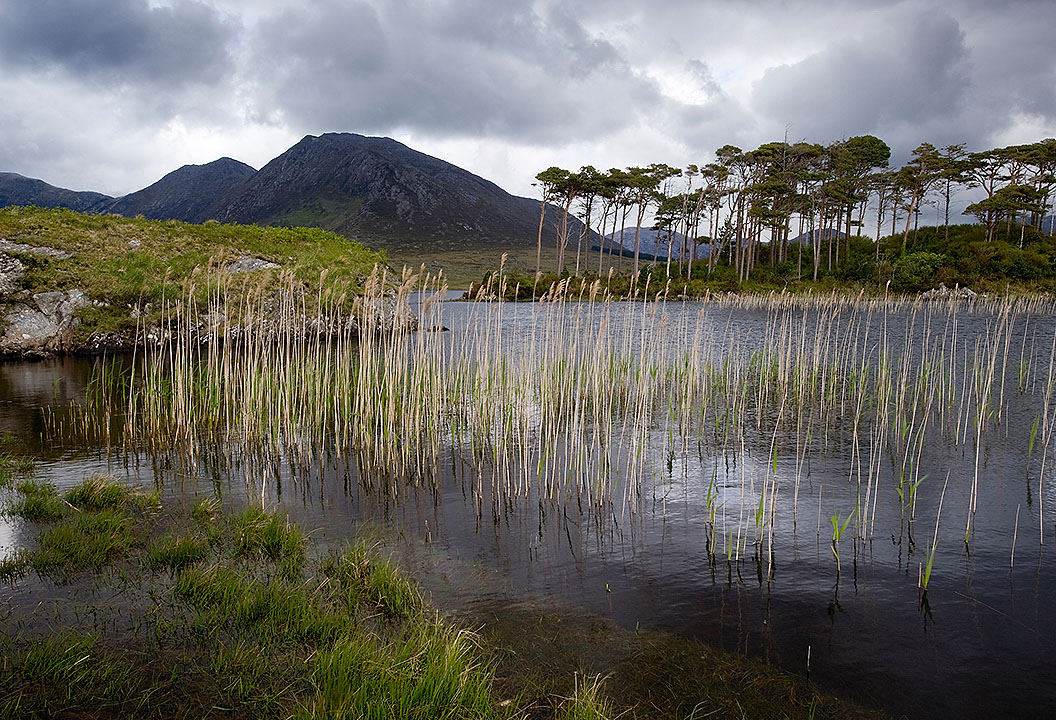The Stocking Truck Showed Up
Its been a cool, windy and wet spring so far. Rivers rising and falling. With a decent weather report and no rain, I decided to head over to the Salmon River in Colchester. Yeah it had been high, but I figured it was down by now. And it was. As soon as I got out of the truck, a guy walked over and said “Do you know what time the stocking truck is going to show up?” “Got me” I replied. He then added “Should be soon.”

The Stocking Truck Showed Up
He then proceeded to show me a fly he planned to use on a Euro-nymph rig. I think he called it a “Squiggly Wiggly”. He said it was a killer. Absolutely deadly. I had heard of the fly, but had never seen one. To me it looked like a weighted San Juan Worm, a fly I first saw years ago on the New Mexico’s San Juan River. It was an effective fly that many anglers bad mouthed. They said it wasn’t a truth fly. Bull sh*t! There were small aquatic worms in the submerged mossy all along the banks of the San Juan. And I’ve seen them in other rivers too, especially tailwater rivers. Nowadays guys say the same thing about the “Mop’ fly. Oh well.

The Squiggly Wiggly
For a time I though he might be joking around about the stocking truck. But sure enough an hour later the truck came rumbling down the road. Oh boy, here we go. Wham, they dumped in fresh trout by the net load. Decent size fish too. I saw one big, brood stock rainbow go it. Real tank. That bad boy is going to lit up someone’s life.

The Stocking Truck Showed Up
Now that doesn’t mean you’re going to catch those fish right off. Typically freshly stocked fish are in a state of shock. Hell, they have spent their entire life in a concrete swimming pool, and suddenly they are in strange new surrounding. Puzzled and confused they are. Don’t be surprised if they nail right to the bottom for an hour or more. And ignore flies too. After all up to now, they have been fed by a machine. But once they get acclimated to their new digs, wow the bite is on. Still its best to keep your flies slow and low. Don’t expect these fish to chase sometime flying by. Creep it by their nose. They may hit it two or three times before you hook them. Yes, yours truly released a bunch trout. And my friend with the “Squiggly Wiggly” did too. I imagine there were a lot of happy faces up and own the river. Hey, the stocking truck showed up.
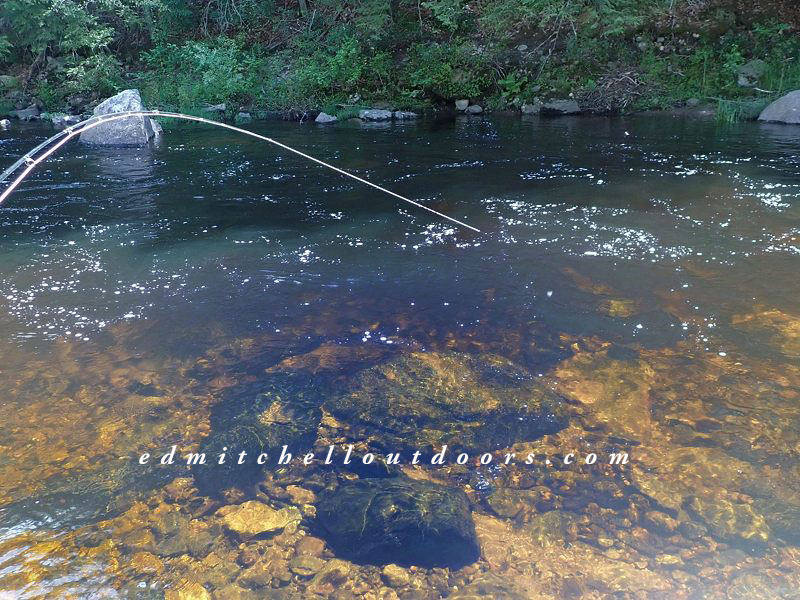
The Stocking Truck Showed Up

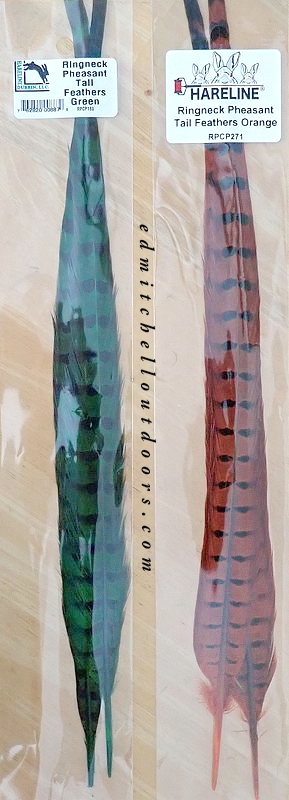 Ringneck pheasant tail is one of those material you should always have on hand. Great for nymphs and pupa. Well a few days back I went digging through my fly tying mountain of materials to find some and came up empty handed. Ugh. That send me searching the internet to remedy the situation.
Ringneck pheasant tail is one of those material you should always have on hand. Great for nymphs and pupa. Well a few days back I went digging through my fly tying mountain of materials to find some and came up empty handed. Ugh. That send me searching the internet to remedy the situation.

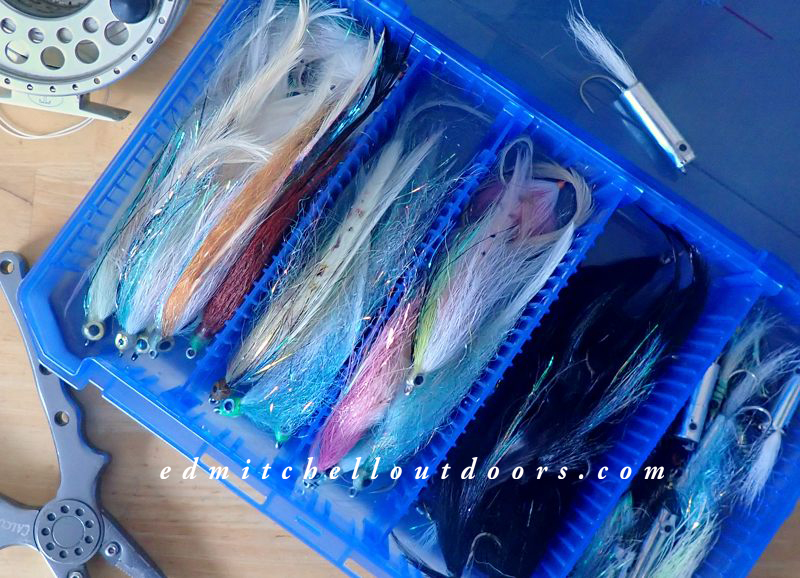

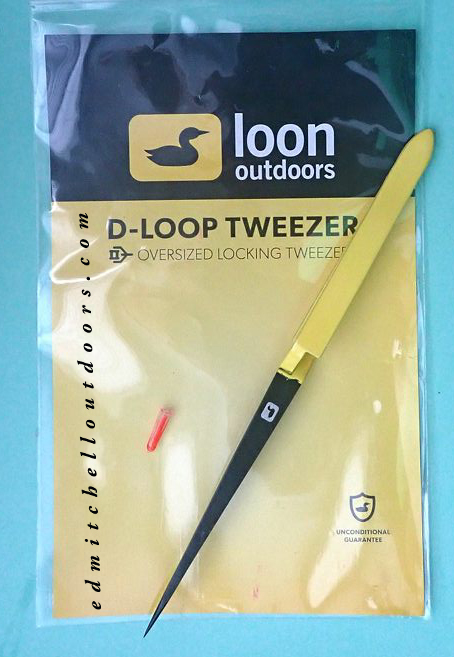 Got a new piece of fly tying gear – a D-Loop Tweezer. As the name implies this item is primarily intended to be a dubbing loop twister. My main use is different, however. I needed to pick up small hooks and tungsten beads. And then assist me in joining them together. It is not always an easy deal to accomplish. But this tweezer is proving a real help, especially with hooks smaller than size 14#. It was even able to pick a size 24! Wow.
Got a new piece of fly tying gear – a D-Loop Tweezer. As the name implies this item is primarily intended to be a dubbing loop twister. My main use is different, however. I needed to pick up small hooks and tungsten beads. And then assist me in joining them together. It is not always an easy deal to accomplish. But this tweezer is proving a real help, especially with hooks smaller than size 14#. It was even able to pick a size 24! Wow. Yes, slotted tungsten beads make this whole process simpler. But I have a load of non-slotted beads on hand. And besides I bet slotted beads weigh less, and that is obviously counterproductive. You want the weight, right? Isn’t that the whole business of buying tungsten beads in the first place? Getting down.
Yes, slotted tungsten beads make this whole process simpler. But I have a load of non-slotted beads on hand. And besides I bet slotted beads weigh less, and that is obviously counterproductive. You want the weight, right? Isn’t that the whole business of buying tungsten beads in the first place? Getting down.  In the photos, I’m using a Tiemco 2487 in size 12. My bead is a red 3.25mm (1/8″) tungsten. Hooks in size 10,12, and 14 went smoothly. And I got down to a size 16 hook and a 2mm bead, without a ton of trouble.
In the photos, I’m using a Tiemco 2487 in size 12. My bead is a red 3.25mm (1/8″) tungsten. Hooks in size 10,12, and 14 went smoothly. And I got down to a size 16 hook and a 2mm bead, without a ton of trouble.